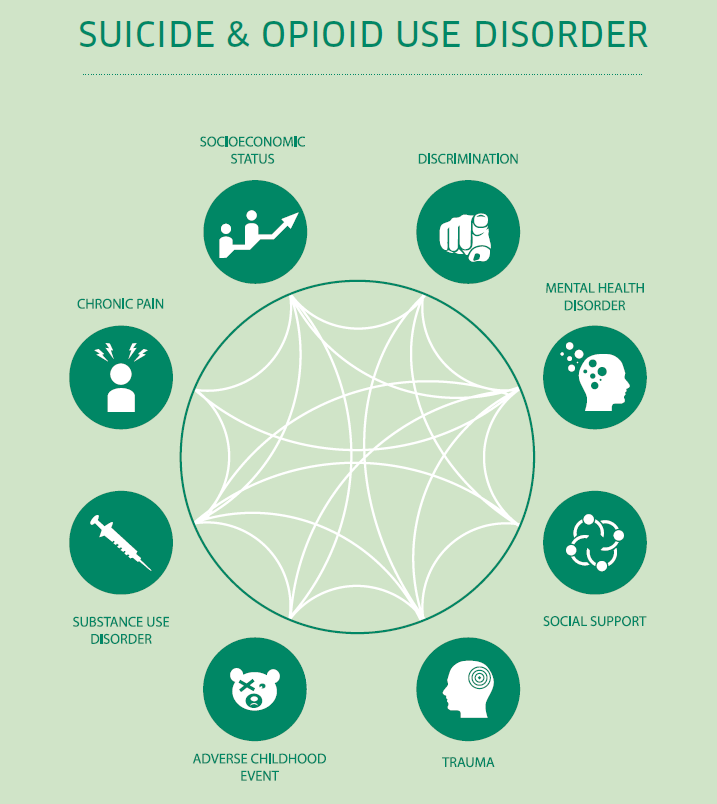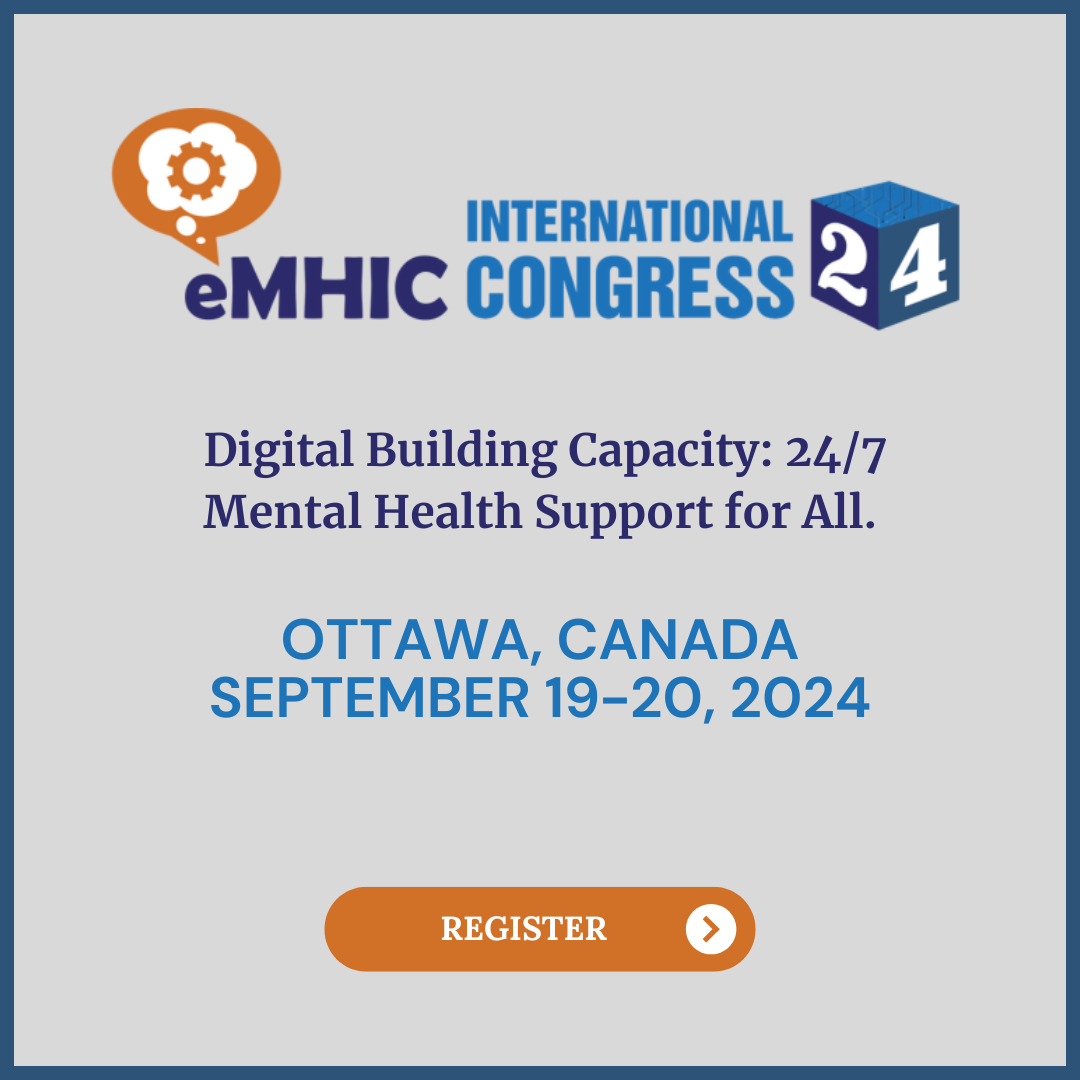Opioid use and suicide share many of the same risk factors – and the same protective factors.
Addressing them can help prevent suicides and reduce the harms of opioid use.
Facts
- People who use opioids are 75% more likely to make suicide plans and twice as likely to attempt suicide.
- In 2017, 31% of hospitalizations for opioid poisonings in Canada resulted from self-inflicted harm, including suicide attempts.
- Adults who have an opioid use disorder are 13 times more likely to die by suicide, compared to the general population.
- In 2015, people in Ontario age 45-55 were the most likely to be hospitalized for intentional opioid poisoning.
- Between 2013-2017, hospitalizations due to opioid poisoning in Canada increased by 48% for males and 10% for females.
What can we do?
- Suicide screening should be conducted before prescribing opioids and during substance treatment.
- Training counsellors in suicide prevention and trauma-informed care can reduce the risk of death by opioid poisoning.
- Understanding which populations are at increased risk of suicide and opioid use can help target interventions and preventive programs.
- Bridging the silos between mental health and substance use treatment would greatly benefit suicide prevention and opioid harm reduction efforts.
- Holistic initiatives that reflect the social determinants of health would most benefit people in Canada.
- Educating providers about stigma and resiliency could help reduce compassion fatigue and create safer health-care spaces.
Shared Risk and Protective Factors
When we talk about suicide and opioid use, we must consider the circumstances people live in and how to improve outcomes by addressing trauma, adverse childhood experiences, socio-economic factors, chronic pain, and discrimination.
We also need to break down the barriers between mental health and addiction care, which often prevent people from receiving treatment from one if they’re getting help from the other.





